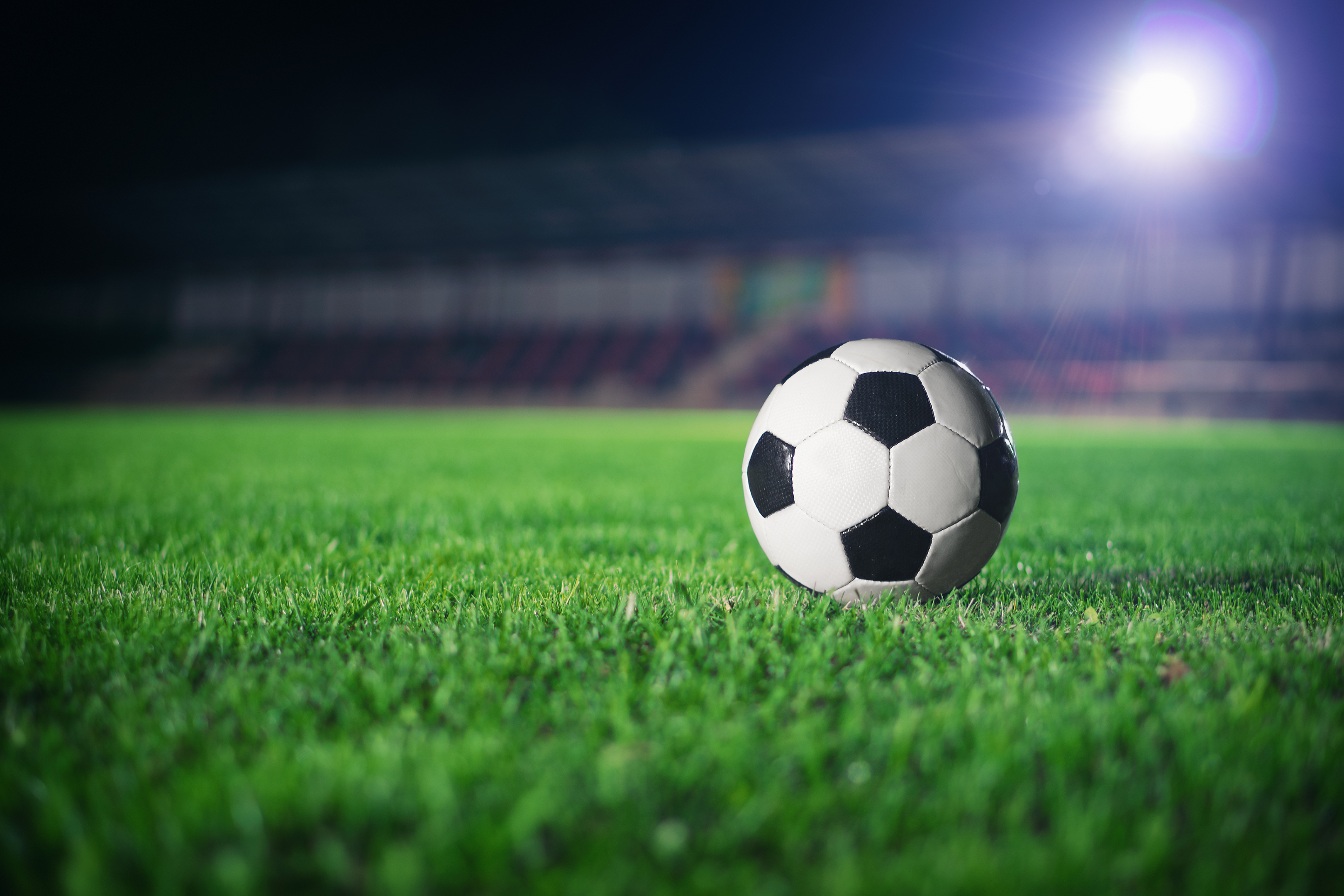
A FEEL-GOOD football club is bringing disabled and able-bodied kids together through a love of the beautiful game.
Stranraer Quarriers, named after the family support charity behind it, was set up to create a safe environment for disabled kids to play football.
Soon, able-bodied children from the local school started asking if they could play too.
Now some 30 boys turn up to pioneering project’s practice session every Thursday.
Coach Andrew McCandlish, who is also a support worker for Quarriers, said: “We run a fathers’ group for disabled children across all Dumfries and Galloway.
“Some parents of disabled kids go through a period of semi-bereavement because they expected to be able to teach them how to play football and take them to the park.
“So I thought about it and said, ‘why can’t they do it?’. We had a chat and came up with the idea of the football club.
“Football is easy to do – it’s universal. The kids from the local school came down and became more involved.
“It just became football on a Thursday so the guys began playing alongside the mainstream kids.
“There was a kid who was being picked on. Afterwards, one of the boys who also goes to football told them not to pick on him.
“They are confident enough to speak to other people.”
Keiron McLean, 11, who has ADHD and autistic traits, has struggled with making friends on his school football team.
He said: “I go to football training each week with my school but the boys there say I’m bad at football.
“Thursday football is always fun because I can meet my friends. We play with grown-ups and they can help teach us.
“Playing football on a Thursday night makes me happy. It gets rid of my frustrations and puts me in my comfort zone.”
Mum Lynn said Keiron loved going to the football.
She said: “When he comes in on a Thursday night he’s happy. He’s spending time with folk who are not judging him, which is good. It gets him out and about.”
Andrew said: “The able-bodied kids always make allowances, they give the disabled kids two or three seconds as it takes them longer.
“They will never improve unless we challenge them but they do understand you’re giving them that extra bit of time. It’s just fun.”
Aiden Williams, 16, said he was tentative to start off with.
He said: “At first I wouldn’t go near the ball. Three or four times later I got braver. Sometimes I get hit in the face but I know that’s just part of the game.”
Mum Gillian Scott, 51, said: “It’s the only time he goes out. Often he doesn’t want to go but that’s what his condition is. Once he’s on the pitch he’s quite happy.”
Ryan Agnew, 17, said: “I feel more confident playing with my friends. I like playing right back and right wing. I like tackling folk.”
Mum Christine Leek said: “He’s come on absolutely great. He enjoys it, he’s got a good relationship with big Andrew.”
James Irvine, 39, comes to the football practice with his able-bodied son, James Jr.
He said: “My son James comes every week and he asked me to come down. He’s been going for a good while and he loves it.
“It’s great to see the kids with disabilities make friends and run alongside the others.”
At the inclusive football club, young and old play together.
Tom Winn, 80, plays with the group every week.
The retired textile businessman, originally comes from Manchester, used to run an amateur team there – he once even trained George Best.
He said: “I have loved football from the age of four.
“I always play with the young and the old. I have to do it to keep the brain going.
“The kids love it and get accepted.
“They play with lots of respect – it is very good for them.
“When George Best left Manchester United I used to see him where I was training a team.
“So I started training him and got him up to a half-decent standard.”

Enjoy the convenience of having The Sunday Post delivered as a digital ePaper straight to your smartphone, tablet or computer.
Subscribe for only £5.49 a month and enjoy all the benefits of the printed paper as a digital replica.
Subscribe